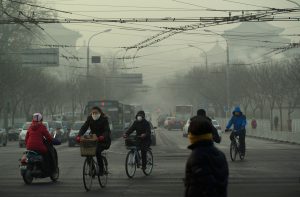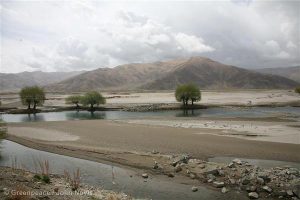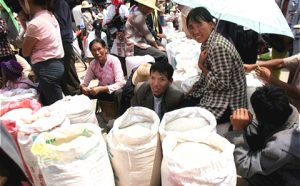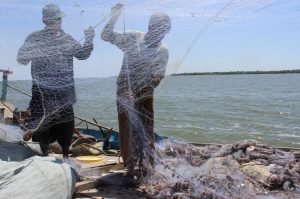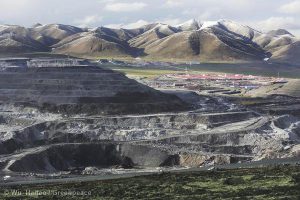How are China’s schools dealing with smog? Some Beijing kindergartens have raised a laugh by issuing their charges with masks shaped like pig snouts. Others have been attacked for their response: one elementary school came under fire for taking pupils on an outing on a smoggy day, another, in Hebei provincee, for getting its kids to take a test in the playground (see picture). The High School of Peking University was criticised too – for stopping classes.
Clearly, there is confusion about how to deal with smog, particularly when it comes to young children.
On October 8, as people were returning to work after China’s long National Day holiday, an all too familiar blanket of air pollution descended on a number of Chinese cities. By the end of the week, Beijing had been forced to raise its alert from yellow to orange, the second highest level.
While adults can at least make fun of their plight on social media, children have fewer means of escape. They are also weaker: their respiratory and immune systems are not fully developed, and they have less of the nose hair that helps filter pollution. As the Natural Resources Defense Council explains, they also breathe a proportionately greater level of air than adults (meaning more pollutants are inhaled per unit of body weight) and are more likely to be involved in vigorous activity. This is believed to make them more vulnerable to the effects of pollution.
Long-term exposure to pollution makes children more likely to develop respiratory infections and asthma, and even increases the risk of lung cancer, explains People.com.cn. A third of China’s 30 million known asthmatics are children – two in every 10 youngsters now have the condition. Asthma is caused by a mixture of genetic and environmental factors, among which pollution is one of the most prominent.

